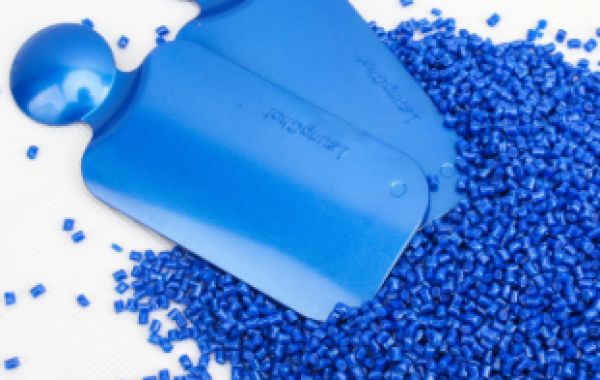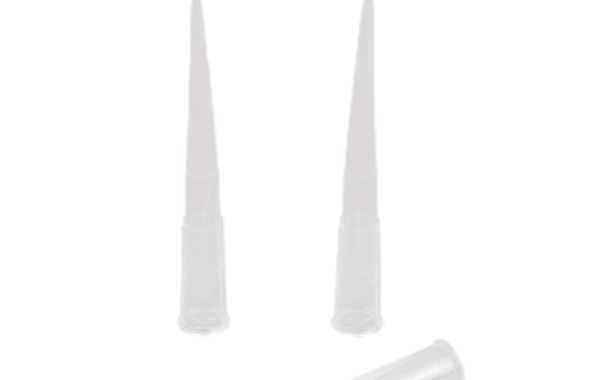After several years of development, injection moulding technology has formed a huge industrial chain with a wide range of product applications to automobiles, ships, aerospace, railways, construction; Very small in the field of electronic equipment, household use, medicine and health, food and entertainment. Among them, coloured products account for more than 80% of the total injection moulded products, especially electronic products, daily necessities, catering and entertainment and children's toys, etc. are almost all coloured plastic products.
The masterbatch industry is an important branch of the plastics industry. As the current domestic market for mid- and low-end masterbatches is confusing and the market demand is increasing, there are many small-scale masterbatch underground factories where one craftsman can produce 2000kg of masterbatches a day with one machine model. These masterbatches can meet the colouring requirements of general injection moulded products, but in most cases they are difficult to use when there are high quality requirements, complex structured moulded products, or when small injection moulding machines produce large products inconsistently.
During the mixing of the masterbatch material and the injection moulding process, the masterbatch is melted twice and the colour in the masterbatch needs to come out of the carrier and spread evenly into the raw material of the product. Therefore, achieving better dispersion of the masterbatch for injection moulding is a subject that the masterbatch companies must overcome.
The factors affecting the dispersibility of ABS masterbatches are analysed from the perspective of the masterbatch ratios, using common ABS injection moulding masterbatches for home appliances as an example.
How To Solve Dispersion Problems From Masterbatch Formulations - And What The Abs Appliance Industry Is Doing About It
ABS plastics are used in large numbers to replace metal materials because of their excellent overall performance and very good impact properties. ABS is widely used in the shell and internal components of TVs, record players, washing machines, refrigerators, telephones, air conditioners, etc.
ABS appliances are mainly moulded using injection moulding technology, where ABS material is fed from the hopper of the injection machine into a cylinder, heated and melted for plasticisation, then the material is compressed forward under the pressure of a plunger or screw and filled through a nozzle in front of the cylinder into a lower temperature closed mould cavity to maintain pressure.
Main Characteristics Of Abs Masterbatches For Household Appliances
Indicator 1:Heat Resistance
The molten metal temperature during the injection moulding process is relatively high and stays in the hot cylinder for a longer period of time, so the colourants used need to be highly heat resistant in order to prevent the damaging effects of high temperatures. In particular, larger products, products with complex structures and products with hot runner cavities are set to a higher than usual injection moulding temperature. Therefore, it is necessary to select a colourant with considerably higher heat resistance, taking into account the different requirements of each product.
Indicator2:Dispersibility
The basic requirements for the appearance of plastic injection moulded parts are bright colours, high gloss and no colour spots. With regard to the colour phase, apart from the mould itself, the dispersion of the solids contained in the product formulation is also an important factor.
The injection moulding machinery itself has a very limited effect on the dispersion of the masterbatches. Poor dispersion of the masterbatches will produce many colour spots on the surface of the product, which will affect the quality of the product.
Indicator 3:Yellowing Resistance
The yellowing of the colour of a polymer due to prolonged exposure to sunlight, UV light, or due to heat, oxygen, stress, trace moisture, impurities, improper processes, etc. is called yellowing. ABS resin is a terpolymer of polyacrylonitrile, butadiene and styrene, of which the styrene segment is extremely sensitive to oxygen and the molecular weight decreases at processing temperature even in the presence of trace amounts of oxygen; the butadiene chain is more sensitive to oxidation, manifesting itself in cross-linking and a decrease in elasticity and a change in colour; the acrylonitrile chain is sensitive to thermal stress and generates a conjugated structure, which absorbs visible light and undergoes a discolouration phenomenon due to the different components The end result is more complex due to the interaction of the oxidised chains.
Indicator4:Mobility
ABS household appliances contain a lot of contact with foodstuffs and direct contact with other products. In the event of a migration problem, it may cause cross-contamination of the colour or cause safety problems in the use of the product. Depending on the practical needs of the product, pigment products with migration potential should be avoided for sensitive products.
Indicator 5:Mechanical Properties
ABS appliance masterbatches also need to meet the mechanical property tests in the technical specifications of QB/T2894-2007 "Polypropylene Nitrile Butadiene Styrene (ABS) Masterbatches", including 88% retention of impact strength and 90% retention of tensile strength, and some varieties need to be tested for drop hammer impact properties.
Indicator 6:Safety
ABS home appliance injection moulded products must generally meet the requirements of the EU Directive on the Control of Hazardous Substances in Electrical and Electronic Products (RoHS Directive), the US Electrical Equipment Design for Environmental Protection Act (EDEE Act, H.R. 2420), China's "Measures for the Administration of Pollution Control of Electronic Information Products"), and the "Measures for the Administration of Restricted Use of Hazardous Substances in Electrical and Electronic Products").
According to these standards, the content of lead, mercury, hexavalent chromium, polybrominated biphenyls (PBB) and polybrominated diphenyl ethers (PBDE) in electrical and electronic products shall not exceed 1000 (/kg kg) and the content of cadmium shall not exceed 100 (/kg) in conjunction with ABS masterbatches for home appliances
ABS appliance masterbatches are usually made of ABS or AS and shall meet the requirements of the technical specifications of ABS masterbatches as stipulated in QB/T2894-2007.







